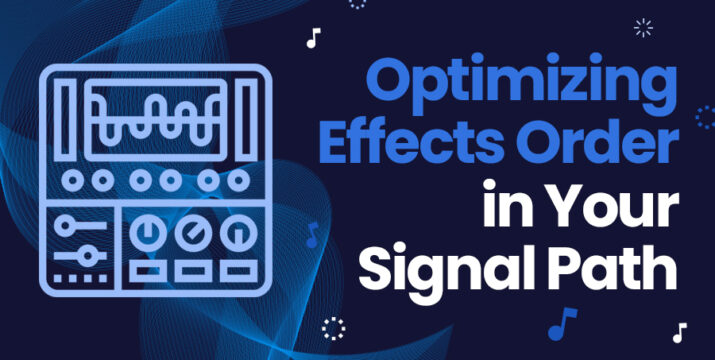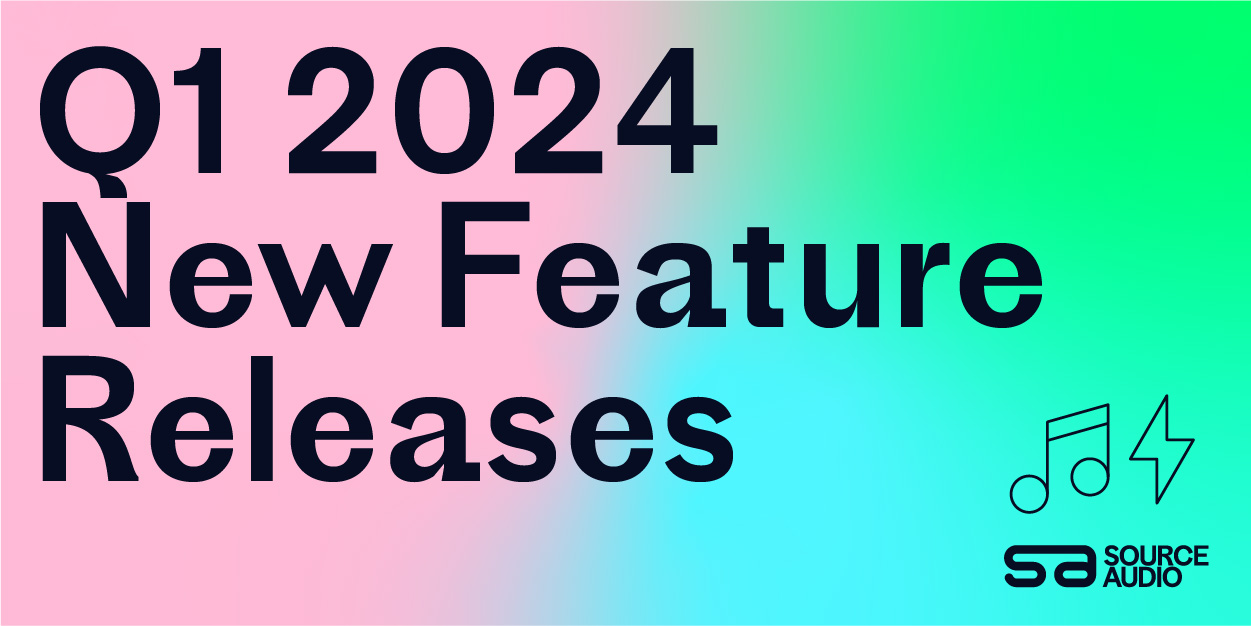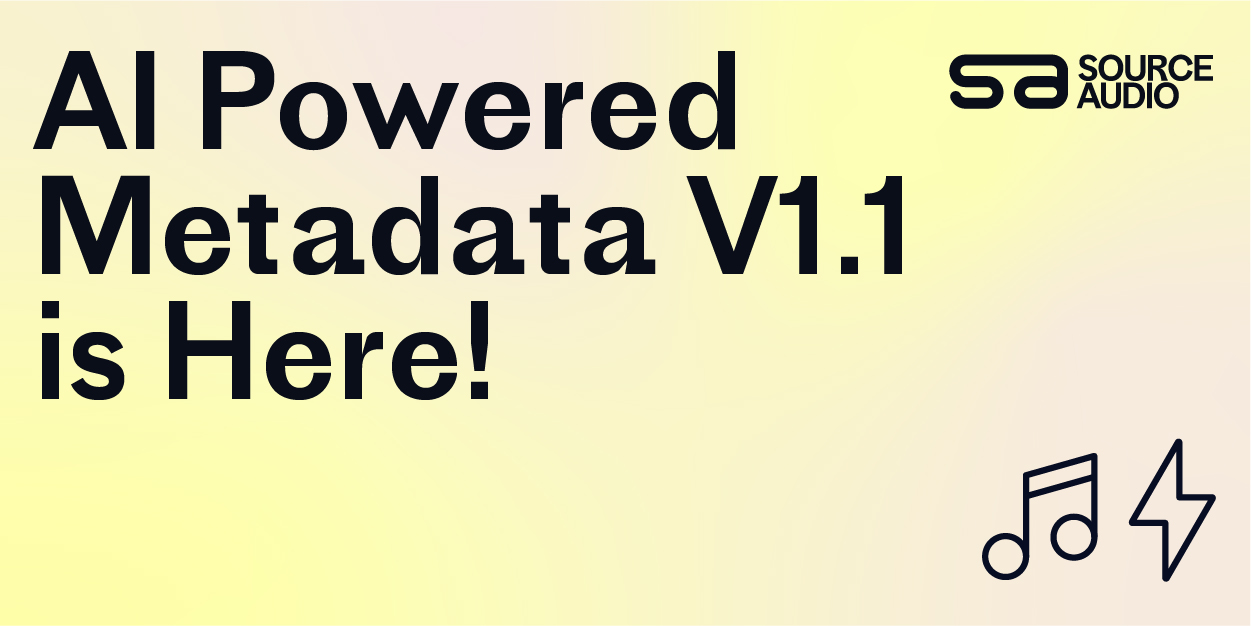Optimizing Effects Order in Your Signal Path
Updated August 13, 2021

The order that audio effects are applied in a signal flow has a major impact on the sound that is produced.
Traditionally, the order of effects in a chain mimics an analog synth signal path:
1. Distortion to add harmonics
2. Filters to boost and cut frequency ranges
3. Modulation to add movement
4. And finally, reverb and/or delay to create the sound of the perfect space for the audio to sound in.
There are many reasons why a producer could want to deviate from this standard practice, as every change in order will provide a distinct stylistic difference to the sound.
One of the most recognizable instances of sound manipulation through FX order, which came to be emblematic of a particular style, began as guitar players placed their effects pedals before high volume, distortion-inducing amplifiers. The blanket of distortion produced at the end of the signal flow by driven tube or solid-state amps produced a distinctly dynamic sound when used after effects like a wah or a phaser.
The rock sound produced by placing distortion last puts the frequency variance early in the signal chain so that the distortion affects the heightened frequencies more than lower ones, creating louder peaks and softer lows. A typical synth programmer would do the exact opposite, procuring a sound that is more uniform and predictable.
The placement of reverb and delay in a signal chain is another choice that can drastically alter a sound. These effects sound most natural at the end of the signal path, which is where the effect normally takes place as a sound reverberates through a space. Placing a reverb or delay feeding them into even a mild distortion creates an extremely dense sound.
Compression and EQ are the most versatile as to where they can be placed, though they will still create different effects based on their placement. Their effect will create more or less signal flowing into another effect, which will alter the sound accordingly.
Finally, one rule recommended to always follow is keeping all pitch correction at or very near the start of the chain where the signal is cleanest. The alternative could get quite messy. EQ or compression are just about the only things that could be put before pitch shifters.
Get familiar with the sounds that effects combinations produce in different orders, and you’ll be able to fast-track your production to get the sound you’re looking for.

Industry-Leading Stem Separation Comes to SourceAudio
We are excited to announce our latest partnership with Music.AI, bringing groundbreaking AI-powered stem separation directly to our platform! This integration allows you to create broadcast-quality instrumentals and stems with unmatched pr...[ READ MORE ]

FREE AI METADATA – Now on All Catalog Manager Sites
Supercharge your music library with cutting-edge AI-powered metadata -- on us! Every Catalog Manager site now comes with FREE AI metadata tagging for your entire catalog. Leverage this incredible tool now, and read on to learn how it can d...[ READ MORE ]

File Delivery is Now Free and Included for All Catalog Manager Sites
Every Catalog Manager site now comes with 250GB of FREE file transfer space every month – that's approximately 9,000 WAV files, every month. Not using file delivery yet? Here are 11 ways this powerful tool can supercharge your business....[ READ MORE ]

Our E-commerce Add-on Is Now Free for All Catalog Manager Sites
E-commerce is now free for everyone! In the spirit of creating as much value as possible for our community and clients, what was once a paid add-on is now free for everyone. Not using e-commerce on your SourceAudio site yet? Here are 12 way...[ READ MORE ]




